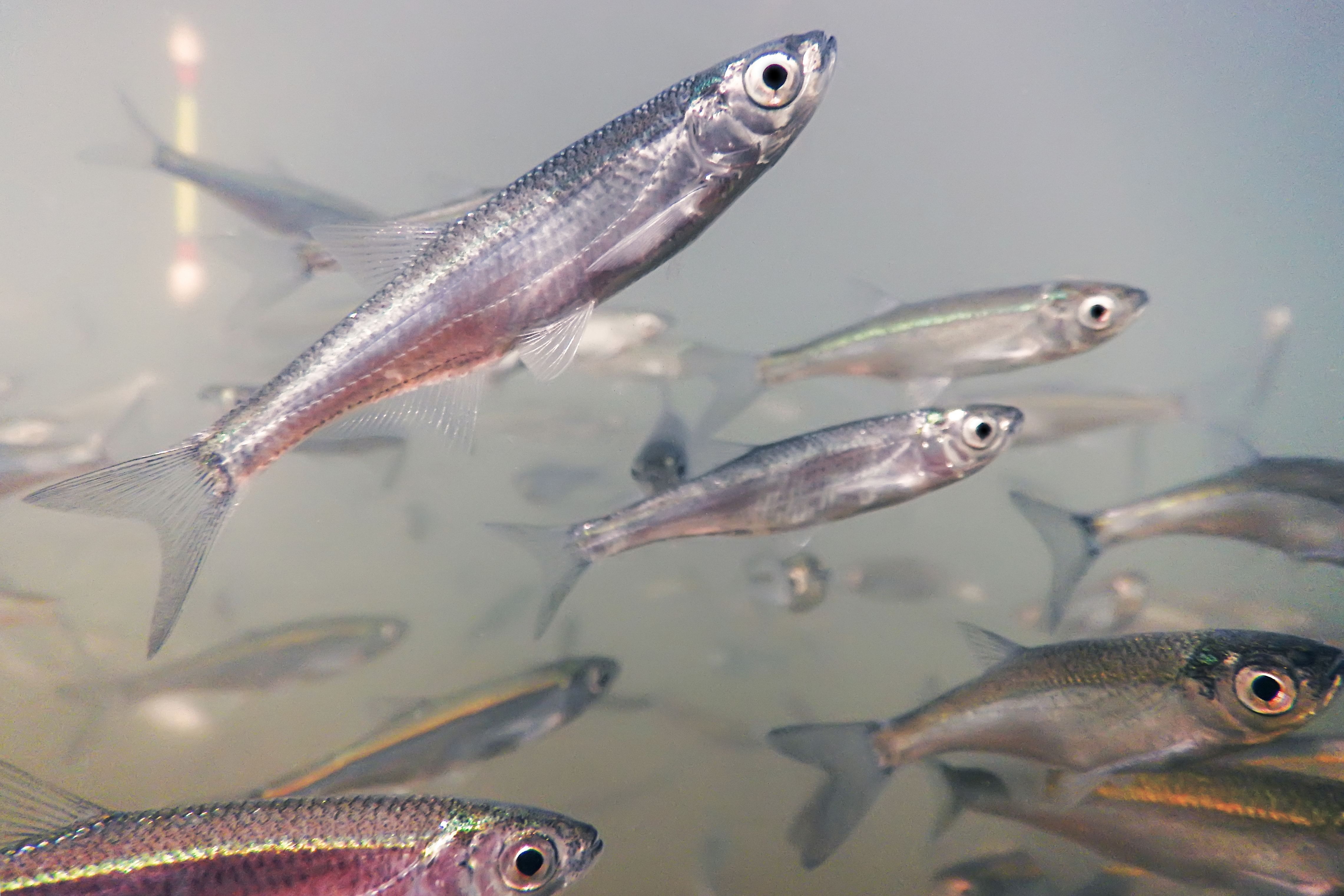Feb 18th, 2025
The Delta Smelt and the Los Angeles Fires, Part Two

By: Jennifer Novak
Wildfires, water shortages, and a tiny fish—how are they connected? In Part One, we discussed Southern California’s heavy reliance on the State Water Project for drinking water. But why does the Delta Smelt get blamed for fire damage in Los Angeles? The answer lies in California’s ongoing battle over water.
What is the Delta Smelt, and Why Does It Matter?
The Delta Smelt is a small, nearly translucent fish found only in California’s Sacramento-San Joaquin Delta. Scientists consider it an indicator species—its health reflects the overall condition of the Delta ecosystem. Unfortunately, the smelt’s population has plummeted due to habitat loss, pollution, invasive species, and changes in water flow. In 1993, it was listed as “threatened” under the federal Endangered Species Act.
Under this Act, threatened species receive legal protections to prevent further harm and encourage recovery. This includes restrictions on activities that could kill, harm, or disrupt them. The government may also set aside critical habitat, limiting what can be done in certain areas. Agencies must consult with wildlife experts before projects that could impact these species, and recovery plans outline steps to boost their populations.
While the Delta Smelt faces challenges like pollution and invasive predators, the biggest threat may be water. The Sacramento-San Joaquin Delta is a crucial hub in California’s water system, supplying farms in the Central Valley and 29 public water agencies that serve 27 million Californians—from the San Francisco Bay Area to Southern California. In short, the Delta Smelt has a lot of competition for water.
It’s Not Just About the Smelt
For years, the Delta Smelt has symbolized California’s broader struggle over water use. Protecting its habitat means prioritizing conservation alongside economic and agricultural needs. But most years, there simply isn’t enough water to go around. In dry years, the State limits how much water can be released from the Delta, affecting farmers, cities, and industries. In 2024, for example, the State supplied only 40% of the water requested by users.
It’s important to note that water restrictions aren’t solely about protecting the Smelt—when there’s less water, there’s simply less to distribute. However, regulators must also consider the impact of water transfers on Delta species, which has led some people to blame the Smelt for their water shortages. In some years, hundreds of thousands of acre-feet of water (one acre-foot is about 326,000 gallons, enough to supply two or three households annually) are withheld for species protection. This water would otherwise be divided among Central Valley farmers and millions of Californians.
But the Smelt isn’t the only factor limiting California’s water supply. Climate change has reduced Sierra Nevada snowpack, droughts have become more frequent, and aging water infrastructure struggles to keep up with demand. Still, it’s easier to blame a fish than tackle these bigger, more complex issues.
So, Why Blame LA’s Fire Damage on the Smelt?
The Delta Smelt has become a symbol in the ongoing “fish vs. farmers” debate—a stand-in for larger arguments over whether water should be prioritized for conservation or human use. As we discussed in Part One, Southern California depends heavily on imported water from other parts of the state and beyond. During droughts, water scarcity puts even more pressure on these sources. Some farmers resent sending water to Los Angeles, while others point out that agriculture itself consumes vast amounts of water, particularly for high-demand crops.
If California were legally allowed to eliminate water-dependent species like the Smelt, would that solve the problem? Not exactly. More available water wouldn’t necessarily mean excess supplies sitting in reservoirs, ready for firefighting. And let’s not forget—Los Angeles sits next to a vast water source: the Pacific Ocean, which was used in recent fire-fighting efforts.Instead, having more Delta water would mean Los Angeles and other areas could rely more on State Project water and less on other sources. But would that lead to better water management? Or just increased consumption? The real issue isn’t just how much water we have—it’s how we use it.
California’s water crisis isn’t about one small fish. It’s about finding a way to balance the needs of cities, farmers, and the environment in a state where water is becoming increasingly scarce. And that’s a challenge we all have a stake in.